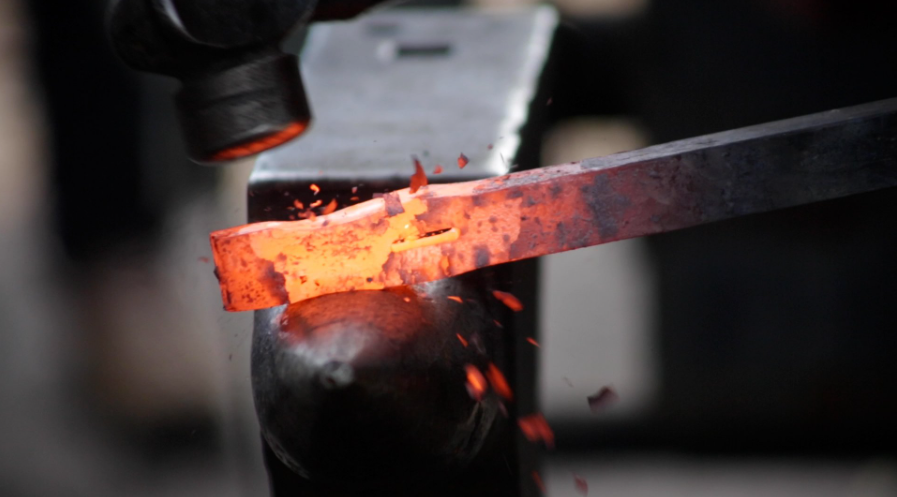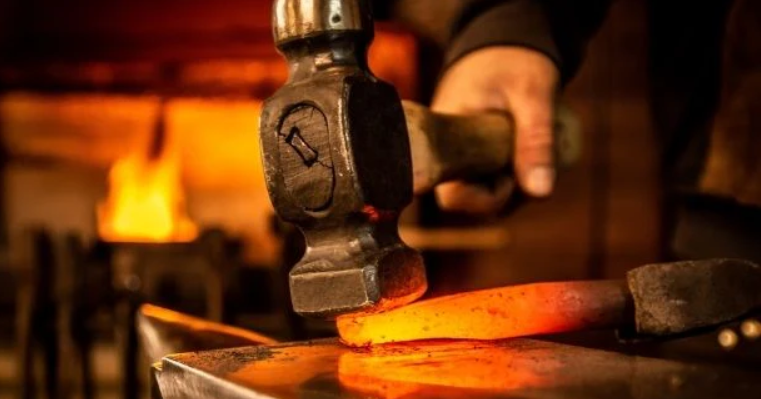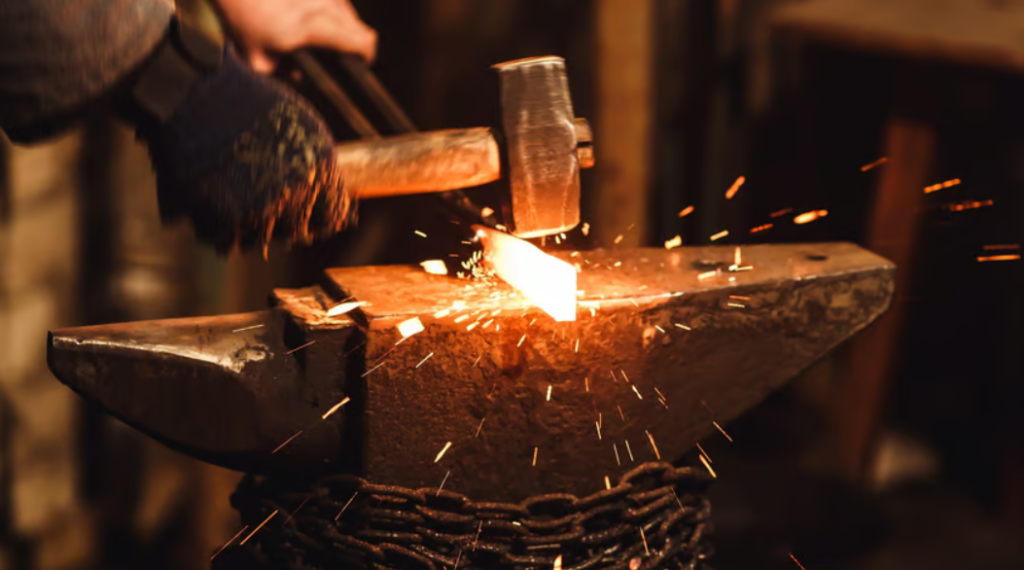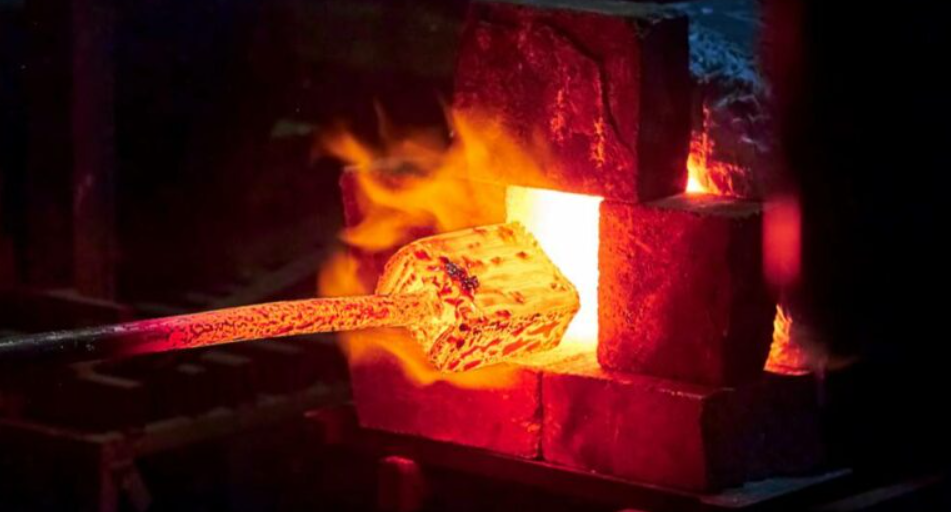As an expert in the forging industry, I have spent years studying and working with different types of forges, understanding their mechanics, applications, and technological advancements. Forging is one of the oldest metalworking processes, dating back thousands of years, yet it remains a crucial part of modern manufacturing. From blacksmith workshops to industrial-scale automated forging facilities, the process has evolved significantly while retaining its fundamental principles. In this article, we will explore what a forge is, how it works, the different types of forges, their applications, and key industry insights.
1.Defining What a Forge Is
A forge is a facility, device, or process used to heat and shape metal through controlled deformation. The core of a forge typically involves a heat source, such as a furnace or anvil, and forging tools like hammers, presses, and dies. The purpose of forging is to improve the strength, durability, and structural integrity of metal components by aligning the grain structure of the material.
Forging is widely used in industries where high-performance and fatigue-resistant parts are required, including automotive, aerospace, construction, defense, and heavy machinery. Unlike casting or machining, forging enhances mechanical properties by eliminating porosity and reducing material waste.
2. Types of Forges
Forges come in various forms, each designed for specific applications and metalworking needs. The primary types include:
2.1 Traditional Blacksmith Forge
A blacksmith forge is the oldest form of forging and typically consists of:
- A heat source (coal, propane, or charcoal-fired furnace)
- An anvil for shaping metal
- A hammer and tongs for manipulating the heated metal
This type of forge is used for custom metalwork, tool-making, and artistic blacksmithing. While traditional blacksmithing is less common in industrial applications, it remains popular in artisan craftsmanship and restoration projects.
2.2 Industrial Forging Presses and Hammers
Modern forging facilities use hydraulic presses and mechanical hammers to shape metal at a large scale. These are categorized as:
Open-Die Forging
- Metal is placed between dies that do not fully enclose the workpiece.
- Used for large components such as turbine shafts and crankshafts.
- Requires skilled operators and multiple steps to achieve the final shape.
Closed-Die (Impression-Die) Forging
- The workpiece is enclosed within precision dies, forming complex shapes in one or multiple strikes.
- Produces high-strength parts such as automotive gears, aerospace components, and hand tools.
- More material-efficient than open-die forging but requires expensive tooling.
Drop Forging
- Uses a heavy hammer dropped onto the metal to shape it against a die.
- Common in mass production of hardware, automotive parts, and hand tools.
2.3 Cold Forging vs. Hot Forging
Forging processes can be further classified based on temperature:
- Hot Forging: Metal is heated above its recrystallization temperature (typically 1,200–2,300°F for steel) to allow greater plasticity and easier deformation.
- Cold Forging: Performed at room temperature, resulting in superior surface finish, dimensional accuracy, and strength, but requiring higher force.
Cold forging is widely used for automotive parts such as fasteners, shafts, and bearings, while hot forging is preferred for heavy-duty industrial components.
3. How a Forge Works
The forging process consists of several key steps:
3.1 Heating the Metal
The metal is heated to its optimal forging temperature. Different metals require different temperatures:
- Steel: 1,200–2,300°F (650–1,260°C)
- Aluminum: 700–900°F (370–480°C)
- Titanium: 1,500–1,800°F (815–980°C)
3.2 Shaping the Metal
Once heated, the metal is placed onto a die and shaped using a hammer, press, or rolling mill. This step enhances the material’s grain structure, eliminating defects and improving strength.
3.3 Cooling and Finishing
After forging, the metal is cooled either in air, oil, or water, depending on the required hardness and toughness. Additional treatments like heat treatment, machining, and surface finishing may be applied to refine the final product.
4. Applications of Forging
Forged components are found in nearly every industry, including:
4.1 Automotive Industry
- Crankshafts, camshafts, gears, and connecting rods are forged to ensure high durability and fatigue resistance.
- Forging improves mechanical strength and impact resistance, essential for engine and transmission components.
4.2 Aerospace & Defense
- Aircraft landing gears, turbine blades, and structural components require precision and high-strength alloys.
- Military applications include forged tank tracks, weapon components, and armor.
4.3 Construction and Heavy Machinery
- Forged steel beams, fasteners, and support structures provide superior load-bearing capacity in bridges, buildings, and industrial equipment.
- Hydraulic cylinders and mining tools are forged for durability and impact resistance.
4.4 Oil & Gas Industry
- High-pressure valves, drill bits, and pipeline fittings must withstand extreme conditions, making forging the preferred manufacturing method.
5. Advantages of Forging Over Other Manufacturing Methods
Forging offers several advantages compared to casting, machining, or welding:
5.1 Strength and Durability
- The grain structure aligns with the part’s shape, improving mechanical strength.
- Forged components have higher impact resistance and fatigue life than cast or machined parts.
5.2 Reduced Material Waste
- Near-net-shape forging minimizes excess material, reducing waste and machining costs.
- Closed-die forging has high material efficiency, making it more sustainable.
5.3 Improved Metal Integrity
- Forging eliminates internal porosity and defects found in cast components.
- Reduces the risk of cracks, weak points, and metallurgical inconsistencies.
5.4 Cost-Effectiveness for Large-Scale Production
- While initial die costs are high, forging becomes more economical for mass production due to its speed and material efficiency.
6. Future of Forging Technology
With advancements in automation, robotics, and material science, forging continues to evolve. Key trends include:
- 3D Printed Forging Dies: Reducing lead time and cost for complex dies.
- Automated Forging Lines: AI-driven quality control for defect detection.
- Lightweight Forging Alloys: Development of high-strength aluminum and titanium alloys for aerospace and EV applications.
- Sustainable Forging: Energy-efficient induction heating and waste-reduction initiatives.
Conclusion:The Timeless Relevance of What a Forge Is
A forge is an essential part of modern manufacturing, offering unparalleled strength, durability, and cost-effectiveness. Whether in a small blacksmith shop or an industrial facility, forging remains one of the most reliable metalworking techniques. From automotive and aerospace to construction and heavy machinery, forged components continue to play a crucial role in advancing technology and engineering.
For businesses considering forged parts, understanding the right forging process, material selection, and industry standards is key to optimizing performance and cost. With ongoing innovations, the forging industry will continue to thrive, delivering superior-quality metal components for generations to come.









